The 23rd
LaureateSculpture
Anish Kapoor
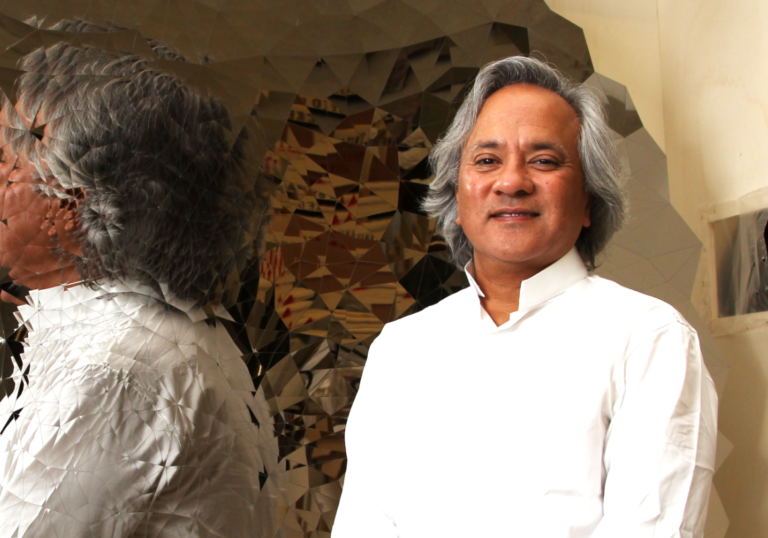
Anish Kapoor is an imaginative and creative British sculptor,who has been putting ‘spectacular’ artwork in the public domain for forty years. His sculpture is “an ongoing investigation about the nature of objects and the emotions this prompts in each viewer at a given moment.” His works are frequently simple,curved forms,usually monochromatic and brightly colored. They are awesome in their size and challenge our perceptions,often through scale,reflective surfaces or distortions.
Kapoor was born in Mumbai in 1954,and grew up in India. He moved to London to study at Hornsey College of Art and Chelsea School of Art and Design. In his early career,he was fascinated by pigment to cover the works and floor around them. His later works are made of solid,quarried stone,many with carved aperture,alluding to dualities such as earth-sky,matter-spirit,body-mind. More recently in works like Sky Mirror (2001) or Cloud Gate (2004) in Chicago,he uses mirror-like surfaces to reflect or distort the viewer and the surroundings.
His newest piece is Leviathan (2011),an immense piece first exhibited in the Grand Palais in Paris. Kapoor says: “I see it as one of the principle jobs of art and the artist to make things that in spite of all rationality remain mysterious.”
Biography
Anish Kapoor is an imaginative and creative British sculptor,who has been putting ‘spectacular’ artwork in the public domain for forty years. He describes his work as “an ongoing investigation about the nature of objects and the emotions this prompts in each viewer at a given moment.”
His works are frequently simple,curved forms,usually monochromatic and brightly colored. They are awesome in their size,and evoke mystery through their dark cavities. Above all,they challenge our perception of the world,often through reflective surfaces and distortions.
Kapoor was born in Mumbai in 1954,and grew up in India. He moved to London to study at Hornsey College of Art and Chelsea School of Art and Design. A British-Romanian artist,Paul Neagu,was a big influence on him at Hornsey: “He understood that there was something more than self expression …” Kapoor says.
In his early career,Kapoor was fascinated by pigment to cover the works and floor around them and these pieces were exhibited in his first high profile show at the Hayward Gallery in London in 1978.
His later works are made of solid,quarried stone,many with carved apertures alluding to dualities – earth-sky,matter-spirit,light-dark,body-mind. More recently,he has used mirror-like surfaces reflecting or distorting the viewer and surroundings. One of these pieces is Cloud Gate (2004),a 110-ton stainless steel sculpture in Chicago,which distorts the city’s skyline and is one of his most visited artworks.
In 2009,the Royal Academy of Arts put on a major retrospective of his work which included a dramatic piece in which a canon fired red wax through an arched doorway. Of his fascination with color he says: ”I’m interested in red because my primary interest as a colorist is in darkness,in the depth that comes out of particular hues of color as the light recedes from them.”
Kapoor believes the immense scale of his works is an important tool enabling the piece “to invade rather than just occupy” the same space as the viewer. His most recent example is Leviathan (2011) on show at the Grand Palais in Paris. It is a simple monumental shape involving complex engineering and took a team of 150 people across Europe and two years to create.
Kapoor has a number of works in progress including a giant spiral tower for the London Olympics in 2012,called Orbit.
Under the direction of Japanese architect Arata Isozaki,a mobile concert hall will be completed in spring 2012,one that can be transported to various locations in the devastated Tohoku region. Isozaki has worked on this project in close collaboration with Kapoor,who was responsible for the design of the building's inflatable shell made of an elastic material that allows quick erection and dismantling.
At 58,Anish Kapoor’s work is as challenging as ever. He wants the viewer to find their own meaning in his distinctive sculptures and says: “I see it as one of the principle jobs of art and the artist to make things that in spite of all rationality remain mysterious.”
Chronology
Orbit (a metal spiral sculpture of the Olympic rings) for the 2012 Olympic Games, London
-
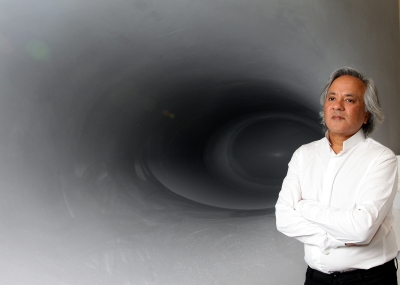
At his studio in London
-
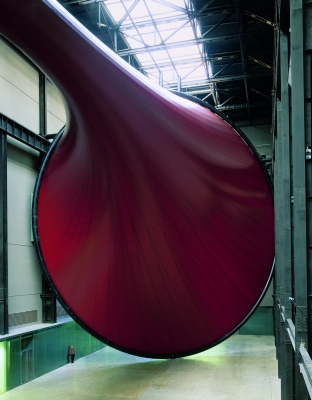
Marsyas, 2002
-
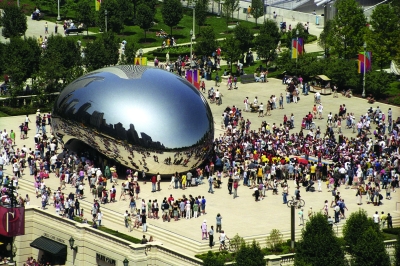
Cloud Gate, 2004
-
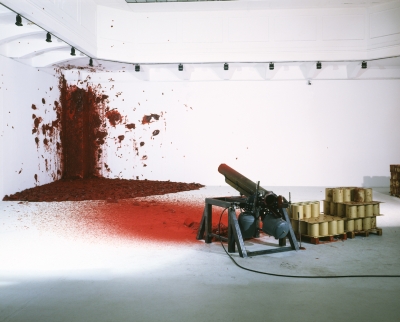
Shooting into the Corner, 2008-2009
-
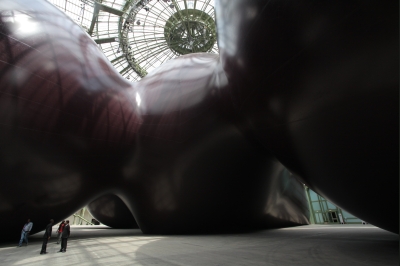
Leviathan
-
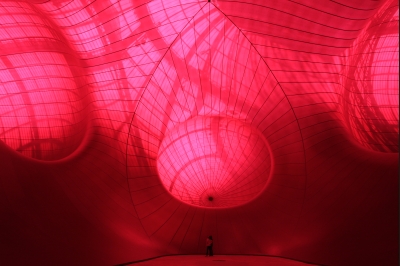
Leviathan
-
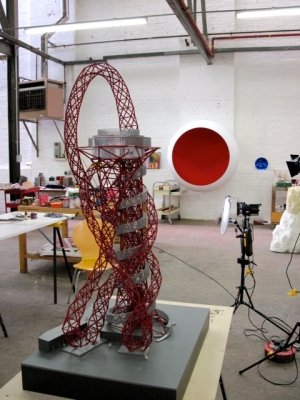
Model of Orbit

